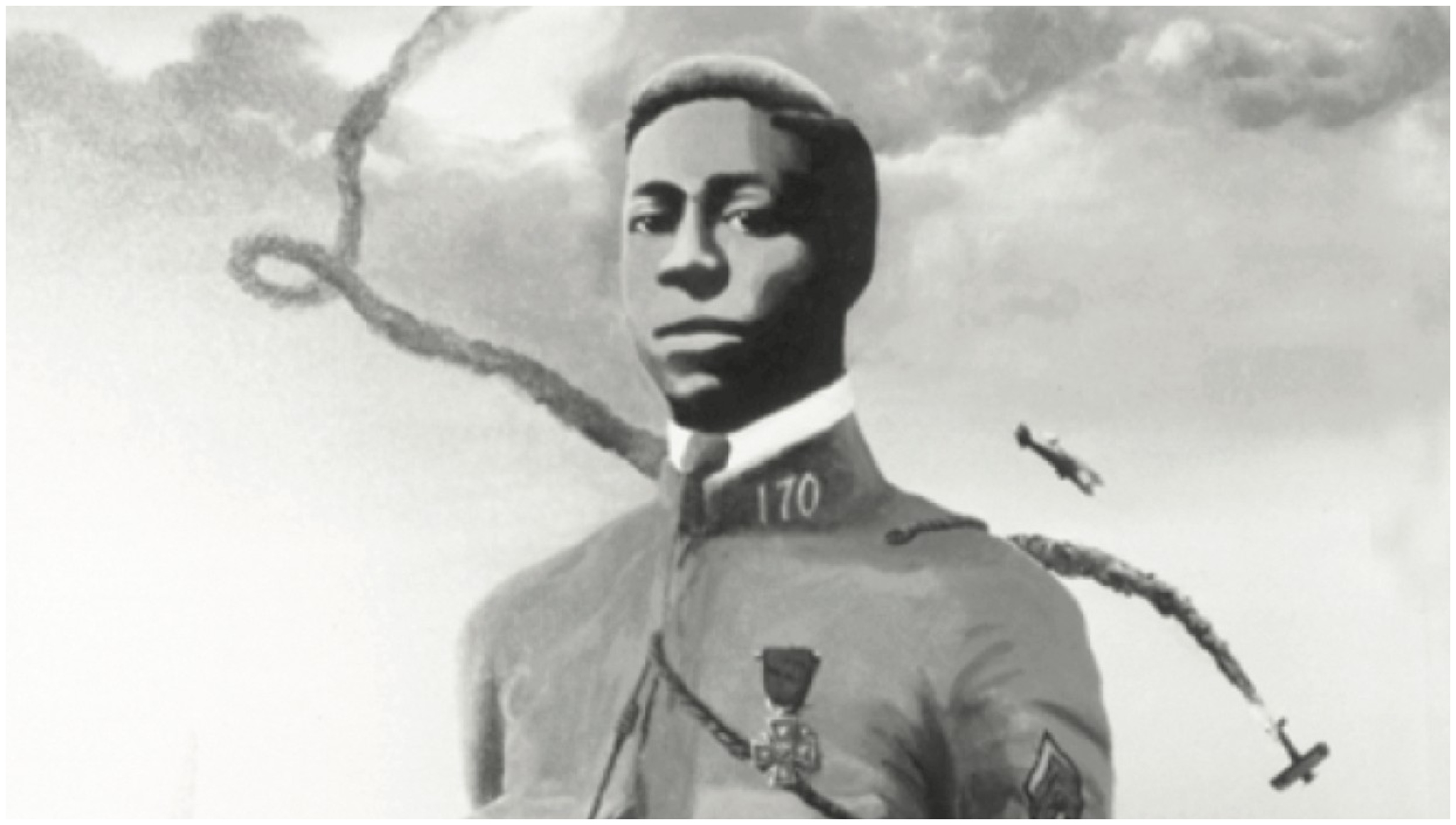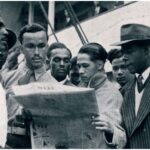Eugene Jacques Bullard shattered racial barriers on May 5, 1917, when he became the first Black American combat pilot. His remarkable journey from escaping racism in Georgia to earning his wings in France stands as a powerful testament to determination and courage. Despite facing discrimination in his home country, Bullard found acceptance in France and carved his name into aviation history.
Historic Aviation Achievement Breaks Racial Barriers
Eugene Bullard earned his place in history as the first African-American to fly combat missions. His achievement came at a time when Black Americans faced severe discrimination in military service. The Georgia native flew for France during World War I after the United States military refused his service.
“It seems to me that the French democracy influenced the minds of both White and Black Americans there and helped us all to act like brothers as near as possible,” Bullard once said. “It convinced me, too, that God really did create all men equal, and it was easy to live that way.” His experience in France showed him a level of equality he never knew in America.
From Georgia Runaway to European Adventure
Bullard’s journey began after witnessing the near lynching of his father in Georgia. At just 12 years old, he stowed away on a ship bound for Scotland. This brave decision transformed his life completely. He was searching for the racial equality he had heard existed in Great Britain.
After reaching Europe, he moved to Liverpool where he took odd jobs to survive. Bullard later became a boxer, traveling across Europe before eventually settling in Paris. France would become his true home and the country that recognized his talents regardless of his skin color.
Heroic War Service Leads to Aviation History
When World War I erupted, Bullard was too young to fight for his adopted country. Nevertheless, he joined the French Foreign Legion alongside other American expatriates. His determination to serve knew no bounds. Through numerous battles, he demonstrated extraordinary courage.
Severely wounded in combat, doctors believed Bullard would never walk again. An American friend then bet him $2,000 that he couldn’t join aviation. Taking on this challenge with characteristic determination, Bullard earned his wings and began flying for the French Aéronautique Militaire. He addressed racism directly with words painted on his plane: “All Blood Runs Red.”
The Black Swallow of Death Earns French Honor
Bullard nicknamed himself “The Black Swallow of Death” during his flying career. He reportedly took a Rhesus monkey named “Jimmy” on his flights as a companion. Despite his skill and bravery, racism still affected his military aspirations.
When he tried to join the U.S. Air Service, officials turned him away simply because he was Black. France, however, recognized his extraordinary service. Bullard became one of France’s most decorated war heroes, earning the prestigious French Legion of Honor for his courage in combat.
Post-War Life Brings Success and Obscurity
After the war ended, Bullard purchased a Paris nightclub where famous performers like Josephine Baker and Louis Armstrong entertained crowds. During this period, he also assisted French officials in identifying Nazi sympathizers. His contributions to France continued long after his military service.
Following World War II, Bullard moved to Harlem in New York City. Sadly, the fame and recognition he enjoyed in France never followed him home. In America, his groundbreaking achievements remained largely unknown for decades. His story highlights the stark contrast between his treatment in France and America.
Rediscovery and Lasting Legacy
In 1960, French President Charles de Gaulle visited the United States and asked to see his old friend Bullard. Government officials could not locate him until the FBI discovered him working as an elevator operator at Rockefeller Center. This humble position contrasted sharply with his heroic past.
Bullard died from cancer in 1961 and was buried with honors in the French War Veterans’ section of Flushing Cemetery in Queens. Today, his legacy lives on through a sculpture at the Smithsonian National Space and Air Museum, a statue outside the Museum of Aviation, and an exhibit at the National Museum of the U.S. Air Force, which posthumously awarded him the rank of second lieutenant.





